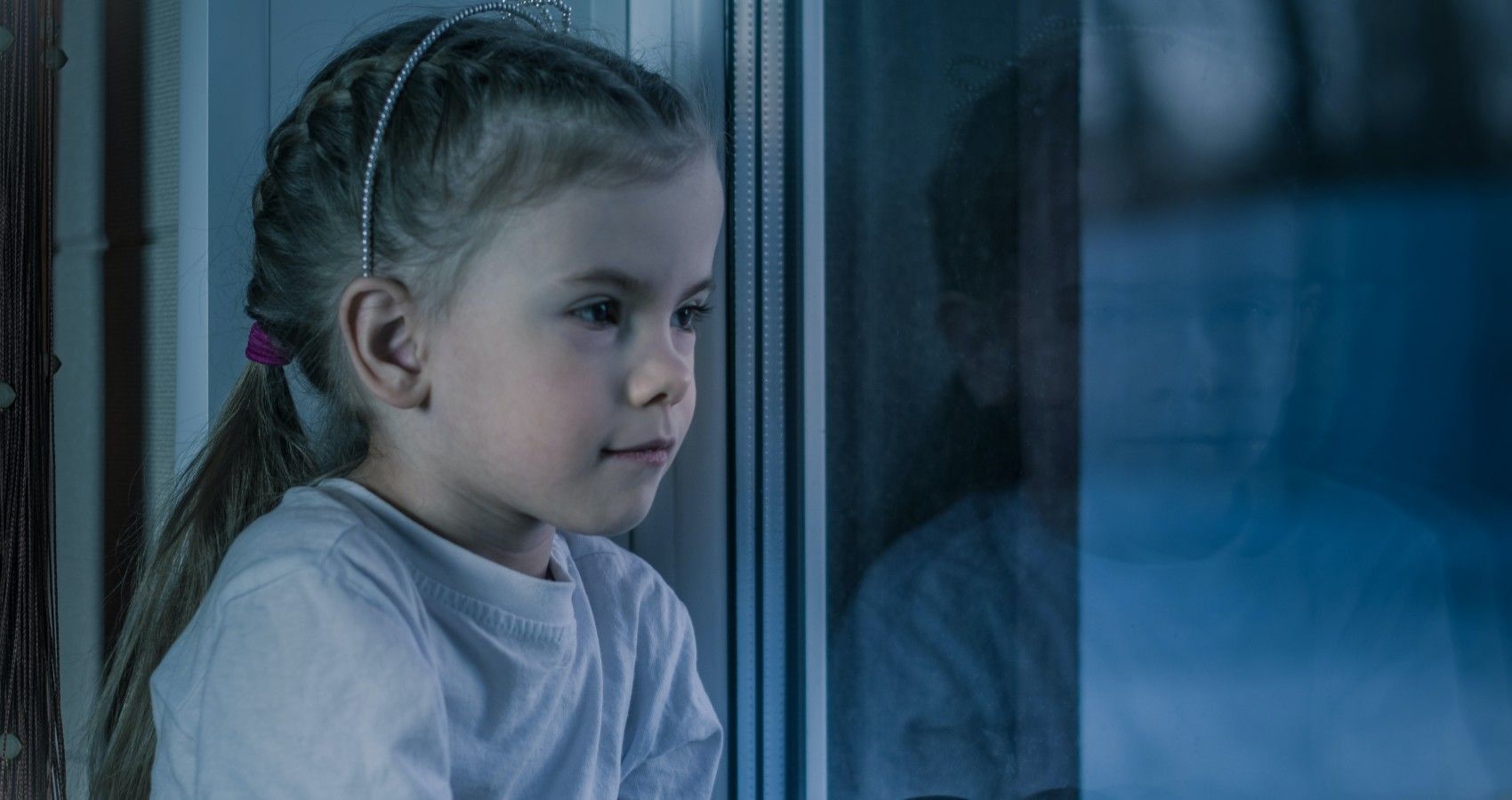Summer is over, and the cold weather is upon us. While this means a lot of fun activities for the whole family, like Christmas and fun in the snow, there are a lot of people who struggle with this time of year. There are a lot of people who prefer the summer, and the reasons are obvious, they can go to the beach, it is warm and there is always something fun to do. The fall and winter bring rain, wind, cold, and snow and a lot of people find themselves trapped inside for long periods of time.
Seasonal mood changes, diagnosed as a seasonal affective disorder, are something that a lot of adults struggle with. Some may wonder if children can also struggle with it, and the answer is yes. It is likely that children can be affected by the weather outside and the seasons changing, and this can happen for multiple reasons that we are going to explore. We will also look at how we can make our kids feel a bit cheerier during this time.
What Is Seasonal Affective Disorder?
To understand something, we need to look at the definition of it a Seasonal Affective Disorder (SAD) is a form of major depressive disorder, according to Child Mind Institute. The reason it is considered a depressive disorder is that it is the same, it just occurs within specific months of the year.
The reason this happens is not just because the weather is cold and everyone is sad that they can’t go out and play all the time, it also has to do with the time changes that come along with it. The winter months will typically see shorter days, which means shorter amounts of sunlight during the day. Adults can often relate to this as they go to work in the morning in the dark, and when they leave their office, it is dark again. It is the same idea with children.
Symptoms
Symptoms of ASD don’t typically start appearing until a child is a teenager, but it is not completely uncommon that a child would be diagnosed with SAD. According to KidsHealth, the symptoms of SAD are going to look very similar to symptoms of depression and it is going to involve a change in mood, negative thinking, low energy, changes in sleep, and a lack of enjoyment in activities they typically enjoy.
A symptom of SAD can also be changed in eating, and this is where we may see children turn to more carbohydrates, and that is because they are seeking “comfort food” that makes them feel good inside. This means that SAD can lead to weight gain in the winter, as they are not outside being as physically active as they are in the summer months.
Getting A Diagnosis
Diagnosing SAD is not easy, and there are chances that it can be missed, or diagnosed as “regular depression” by a doctor. However, it is important to bring up any concerns with your child’s doctor and they can help you by asking questions and following up with your child.
There is also no documented way to prevent your child from getting SAD, and the only advice from experts is to make sure your child is living a healthy life and that they are getting enough physical activity, sleep, and healthy food as possible. Mental health issues in children are gaining more attention, so the hope is that more work will be done to see what parents can do to try and battle this, especially if mom and dad suffer from it a bit.
Treatment?
According to Parents, there has not been a lot of research done on how to treat SAD in children, but experts will typically use strategies that they use for depression in youth. During the winter months, it is important to try and get your child outside in the sun as much as possible. Other children may require medication or therapy to help them through this time. Since SAD is caused by the brain changes due to the reduced sunlight, exposing them to as much sunlight as possible can be the best way to help alleviate some of the symptoms.
It seems that the only benefit to SAD when compared to other forms of depression, is that a child’s mood and attitude will often adjust and get better as soon as spring is around the corner. It just may involve more strategies in the fall months to try and get ahead of the next SAD season. Even though holidays and time with family are within the winter months, SAD is a chemical change in the brain and it can be unavoidable.
Sources: Child Mind Institute, KidsHealth, Parents

